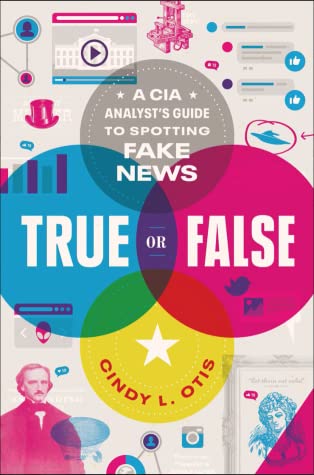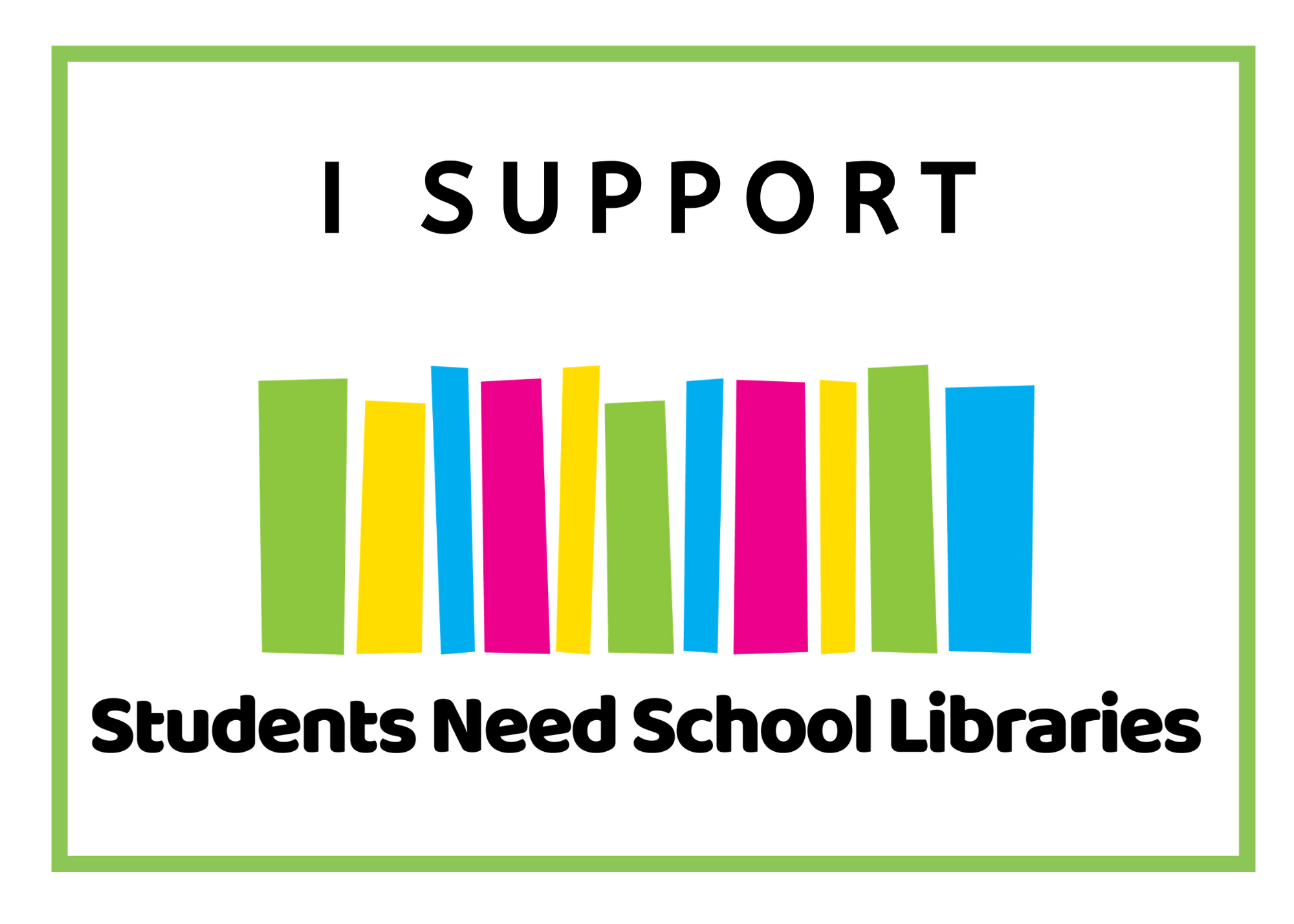
True or False: A CIA Analyst’s Guide to Spotting Fake News – Cindy L. Otis – Feiwel and Friends – Published July 28 2020
♥♥♥♥♥
Synopsis
A former CIA analyst unveils the true history of fake news and gives readers tips on how to avoid falling victim to it in this highly designed informative YA nonfiction title.
“Fake news” is a term you’ve probably heard a lot in the last few years, but it’s not a new phenomenon. From the ancient Egyptians to the French Revolution to Jack the Ripper and the founding fathers, fake news has been around as long as human civilization. But that doesn’t mean that we should just give up on the idea of finding the truth.
My thoughts
This title caught my eye as I was teaching our Year 7 classes a unit on Fake News. It is a perfectly timed and titled novel and it works as a perfect resource for our unit. The author, Cindy L. Otis is a former CIA analyst and that gives credit and interest to the book. She brings an interesting perspective to this mix of fake news history and skills and tips for identifying and responding to fake news.
I was thoroughly impressed by the writing style of this book. I thought I might flick through it, but I found myself engaged in the text and the way Otis weaves the story. Each chapter is compelling and told in an easy-to-read way. There are funny asides and the language used is as approachable to teens as it is to adults.
I’m happy to report that the examples and exercises used in the novel are not all USA focused. The book starts with an exploration of fake news through history, including tales of Jack the Ripper and Ancient Egyptians to monarchs, revolutions and wars. Then comes the introduction of telegraphs, radio, television, internet and social media. Each chapter shows how the changes in society and technology influenced and were influenced by fake news. Each part in the laying out of the history of fake news is given an interesting story and example of the impact of the fake news.
Following the history of fake news, Otis gives the reader an insight on how to fight back against fake news. The chapters in part 2 focus on underlying principles of fake news and techniques to distinguish it. These chapters include information on facts vs opinions, bias, tips on how to spot fake news articles, information on polling and how to identify fake images and videos. Otis also includes chapters on memes and tips for using social media and understanding the breaking news cycle. Each of these chapters include real-life examples of fake news, their impact on politics, society, the economy, as well as exercises. I loved these exercise ideas. They will be great for using with our classes, giving students the skills they need to fight against fake news and to be informed.
I learnt so much from this book and it will be a fabulous resource to share with my students and to use in my teaching. I highly recommend that all teens (and adults) read this informative, yet enjoyable and easy-to-read book about news, misinformation and how it shapes us and society.
The publishers provided an advanced readers copy of this book for reviewing purposes. All opinions are my own.
More information
Category: Non-fiction
Subjects: Media literacy, digital literacy, fake news, media, information, bias, information literacy, media studies, history.
Format: Hardcover, ebook. 336 pages.
Published: 28 July 2020 by Feiwel and Friends
ISBN: 9781250239495


Leave a Reply